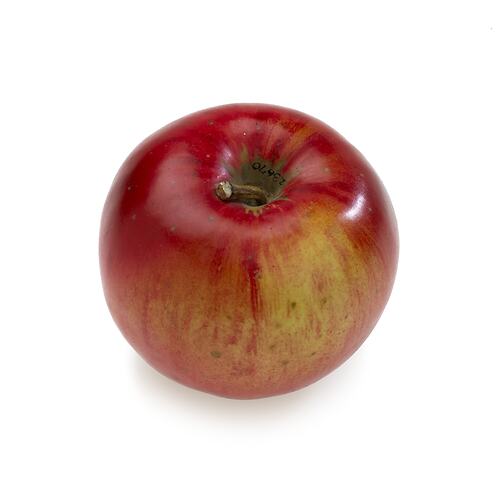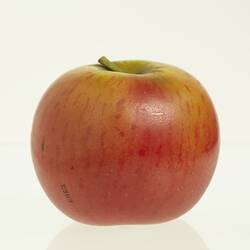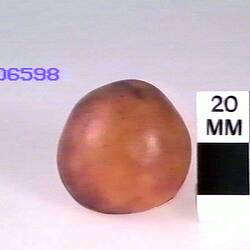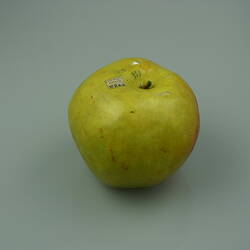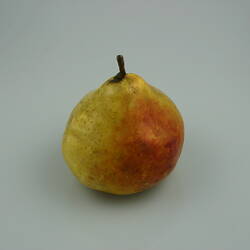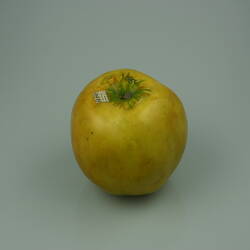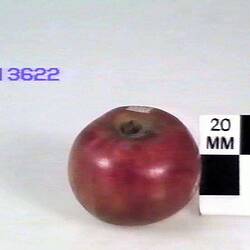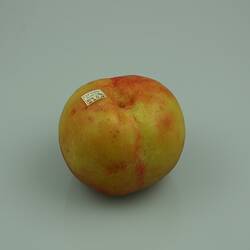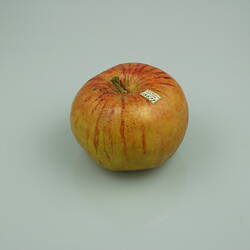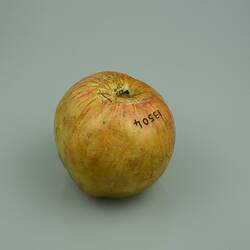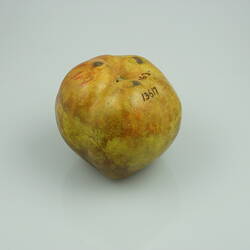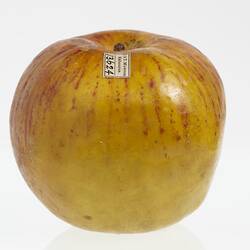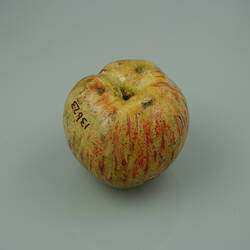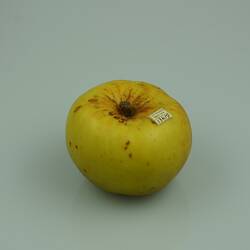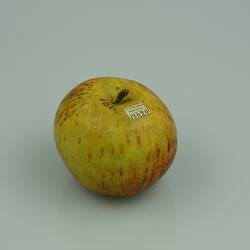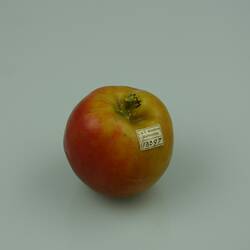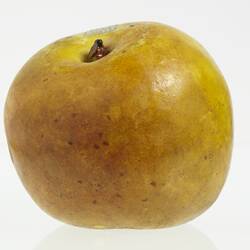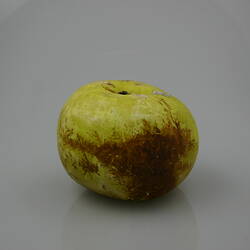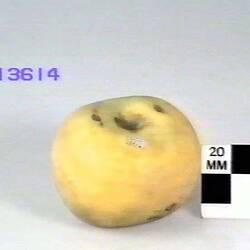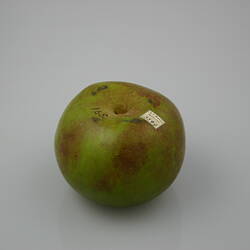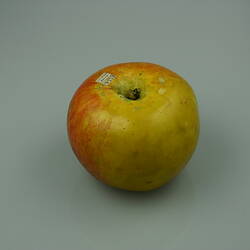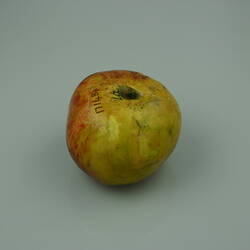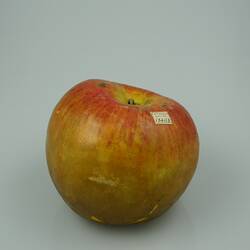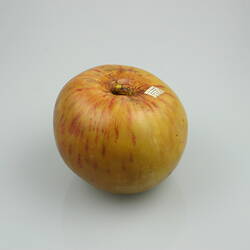The wax fruit collection includes over 1800 realistic wax fruit and vegetable models. The majority of these were made by artisans employed by the museum between 1873 and 1960. The collection features over 50 fruits and vegetables, including apple, apricot, avocado, banana, boysenberry, cassava, hops, pineapple, jackfruit, kumquat, lemon, plum, potato, quince, radish, shaddock, tangelo, tomato, turnip, walnut and yam.
Accompanying the models are the moulds used to make them and artist sketch books of the earliest pieces.
The creation of wax models of fruit and vegetables highlights the museum's active role in documenting and promoting economic and agricultural development in Victoria. With the beginning of European settlement the survival of new settlers in Australia depended upon their ability to grow food in an unknown environment. Collecting and experimenting with both native and introduced plants became an important part of the establishment and progress of the colonies. The design of fruit and vegetable wax models reflects the earliest collection interests of Museum Victoria. In 1870 the Technological and Industrial Museum was established. One of its primary missions was to collect examples of raw materials, in order to mount exhibitions on Victoria's primary industries.
The wax fruit and vegetable models were part of the wider collection known as The Economic Botany Collection, which also recorded a diverse selection of plants grown in Australia and overseas. The Economic Botany Collection helped to advertise Victorian agriculture on the world stage, as much of the collection was exhibited at International Exhibitions in London, Philadelphia, Paris, Calcutta, Melbourne and Sydney. At the Melbourne International Exhibition of 1880, wax fruit and vegetable models were displayed as part of the Victorian Ladies Court. The popular appeal of the International Exhibition lay in the capacity of objects to stir the imagination. The idea of learning through simple observation helps explain the remarkable realism of the first wax fruit and vegetables produced by the museum.
Museum artists in Melbourne became world experts in this specialised trade and were able to offer advice to other museums around the world. Trained modellers, mainly women, worked in the museum laboratory and employed special methods to capture in wax a specimen's natural appeal. This high standard of recreation gives the collection of wax models its scientific value. The Department of Agriculture sourced the original fruit and vegetable samples, and in return the museum created models. One model went to the Department, while a second was acquired for the museum's Economic Botany Collection. As a scientific tool, the models were used to record which conditions affected the quality of the fruit, and which type of processing was suitable. Every detail of the original was recorded, including mould, bruises, and the colour subtleties of seasonal hues. Models documented healthy, diseased and unusual examples of fruit and vegetables. The museum placed the models on permanent display for the education of the general public, particularly students and horticulturalists. With the introduction of colour photography in the 1960s, wax models were no longer needed for recording fruit and vegetable specimens. However, the collection of wax fruit and vegetables remains an important reference for contemporary interests in biodiversity, organic agriculture and historic research.
